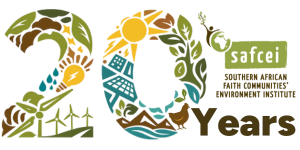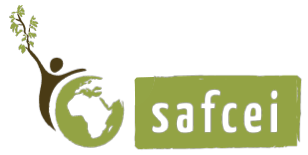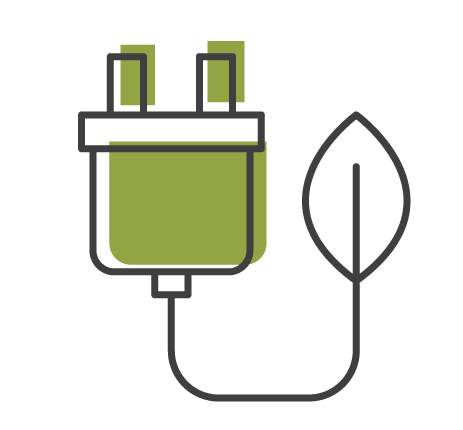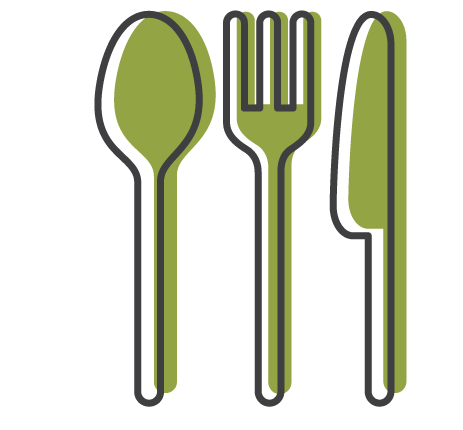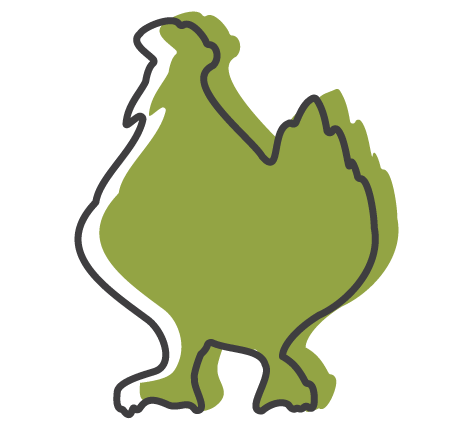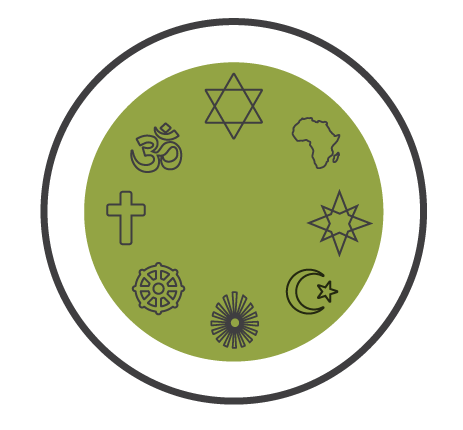Leap Day for Leaping Legs
- Published:
When last did you see or hear the chorus of frogs? Their presence in our surroundings are a good indication that there is a healthy eco-system in place. However frogs are getting scarcer as habitats dwindle and water systems become increasingly polluted. This month brings the Leap Day for Frogs so we invite you to look out for them throughout February and on the 29th mark their presence in our lives.
 A Eleutherodactylus iberia. Photo: Wikipedia
A Eleutherodactylus iberia. Photo: Wikipedia
Frogs are easy to overlook and are not always seen as welcome guests, but this does not make them any less important in our lives. As everything in Creation, frogs play an irreplaceable role.
As they feed on insects, they are an important insect control, and in turn are a source of food to other predators. Tadpoles help keep waterways clean from algae, acting like natural filtration systems. Some frogs even play a role in medicine as some of them have medicinal properties. And as bio-indicators, their presence or absence can tell us quite quickly whether the surrounding environment is healthy or not. This is in part because their skins are so permeable and the presence of pollutants or chemicals immediately have an effect on them.
 A red-eyed tree frog. Photo from the website Ri Aus
A red-eyed tree frog. Photo from the website Ri Aus
Frogs can be found in all terrains except for in Antarctica. There are grass frogs, kloof frogs, marsh frogs, puddle frogs, reed frogs, sand frogs, and stream frogs; there are shovel-nosed frogs, bullfrogs, chirping frogs, rattling frogs, leaf-folding frogs, ghost frogs, micro frogs, ornate frogs and rubber frogs. And that is only the beginning of the over 6000 species strong list. Frogs come in many shapes, sizes and colours – from tree frogs that come in incandescent hues to the Eleutherodactylus Iberia, which is smaller than a thumbnail to the goliath frog, the largest known frog species which can grow up to 32cms and can weigh over 3 kgs.
Many of them have fascinating abilities, like the wood frog which survives cold climates by freezing over winter to emerge again when warmer weather thaws them out; the African clawed frog, which can jump backwards and was once used to test for pregnancy or the even stranger Surinam toad which carries its eggs underneath its skin in pockets, which when they hatch, push themselves out as fully formed toadlets.
Frogs, once one begins to read up on them, again show how intricate and complex the natural world is around us – there is nothing mundane or unwanted in God’s world!
In the Christian tradition there is a story about how Brother Bruno discovered this: whilst at prayer one night he found the croaking of a toad to be disrupting him. He commanded it to be quiet but in the ensuing silence he heard his inner voice say, “Perhaps God is as pleased with the croaking of the toad as with your prayers.” So Brother Bruno asked the toad to sing once more and listened more closely. Suddenly the toad’s singing was no longer jarring but enriched the silence of the evening.
So we invite you to look and listen a bit more closely and celebrate these creatures on the 29th February.
The website Leap Day For Frogs encourages the following activities for this day:Learning about the metamorphosis of tadpolesinto froglets and making puppets that illustrate this
 Transforming frog puppet- Making leaping origami frogs in Sunday School or Madrasa to display on the 29th
Transforming frog puppet- Making leaping origami frogs in Sunday School or Madrasa to display on the 29th
- Leapfrog/leap-jump competitions
- Planting indigenous plants in your garden
- Avoiding the use of harmful chemicals and pesticides in your home and garden
- Cleaning up a wetland near you by collecting and disposing of litter
We also encourage you to say a prayer or blessing for the frogs around us, and when you come across one in the future, to take a moment to gently help them on their way if needed.
An Amphibious Plea by Haitham Al-Twaijri
From egg to pole to tailless bliss Froggy metamorphosis! Bulging eyes and vibrant skins, Walking, swimming, hopping limbs! Their smiling lips, their slender legs They even eat mosquito eggs! They've been around since long before, But now so many are no more. We've turned their homes into our own, Pollution, pesticides we've grown, Climate change we've brought about: Their jelly-eggs - we've dried them out! Now - if ever - let us stand, Reverse the trends destroying land, Acknowledge that we were mistaken Give where we have always taken. Together, we must raise the cry From stream to sand - from damp to dry From parks to lakes, from ponds to logs: "SAVE THE FROGS! SAVE THE FROGS!"
(Taken from the Save the Frogs website)
Who we are
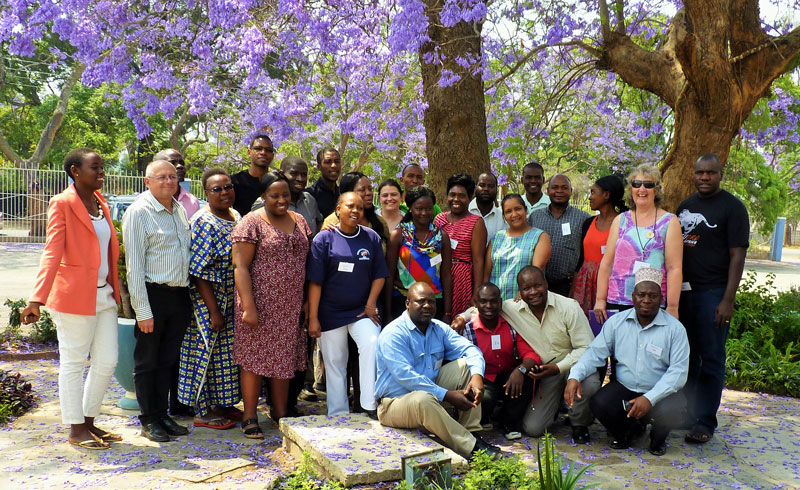
SAFCEI (Southern African Faith Communities’ Environment Institute) is a multi-faith organisation committed to supporting faith leaders and their communities in Southern Africa to increase awareness, understanding and action on eco-justice, sustainable living and climate change.
Featured Articles
-

South Africa: Who Ends Up Paying If DMRE Cooks the Price of Nuclear Power?
-
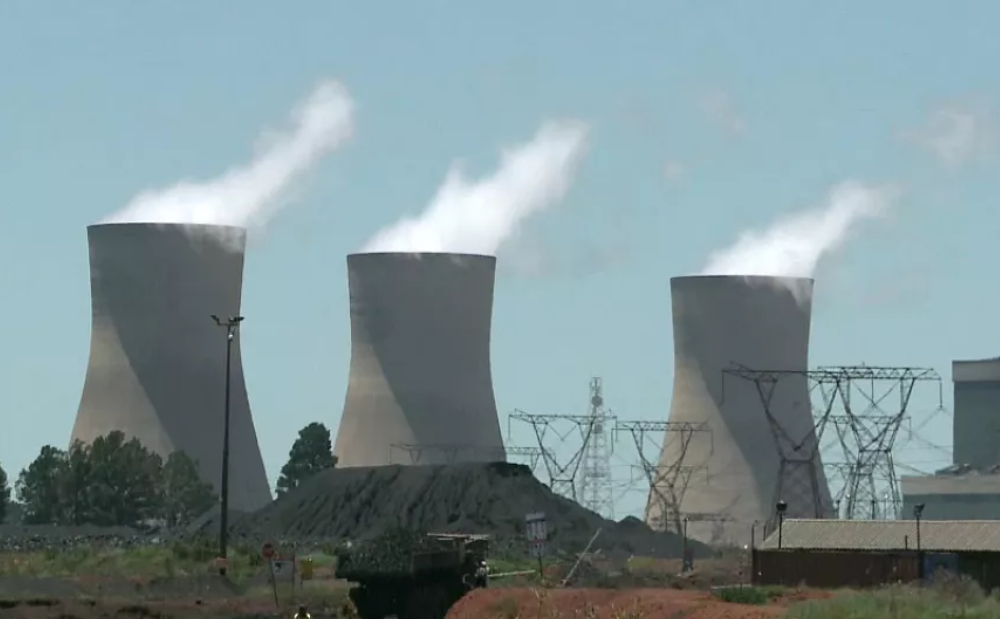
South Africa’s nuclear energy expansion plans continue to draw criticism, environmental NGOs chew over legal challenge
-

Earthlife Africa and SAFCEI respond to latest unsettling nuclear news regarding the ministerial determination
-
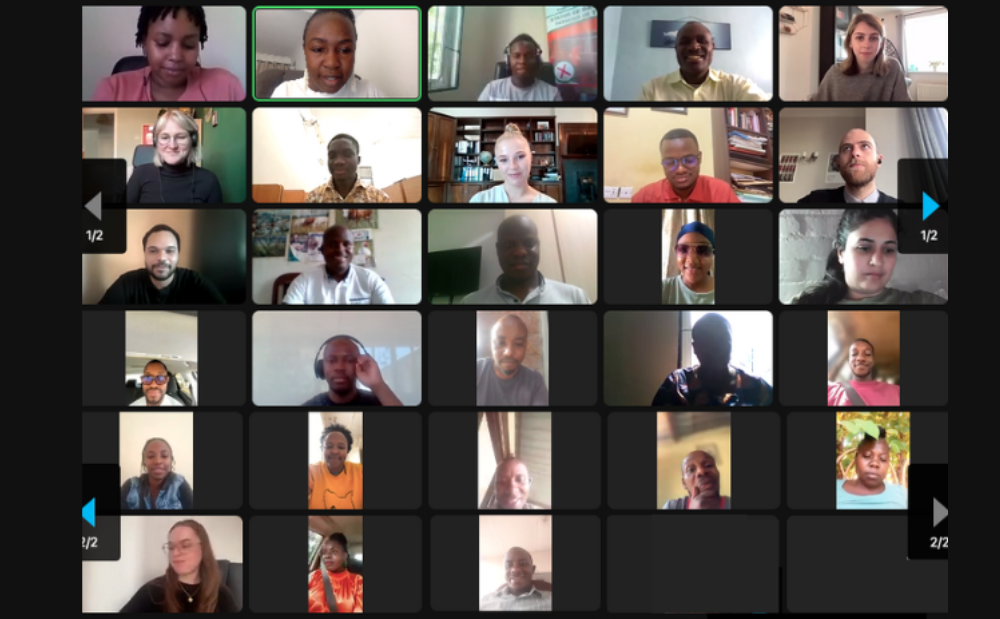
Open Wing Alliance Africa (Virtual) Summit 2023
-

The Green Connection and SAFCEI respond to energy minister's divisive and deflecting comments
-

Job Vacancy: FLEAT Coordinator
